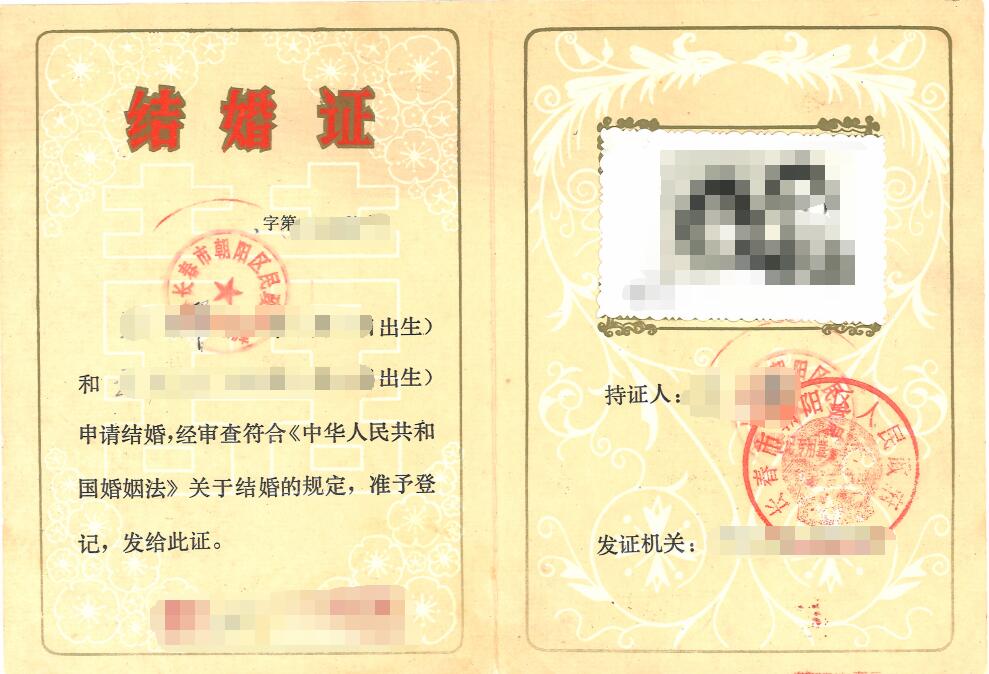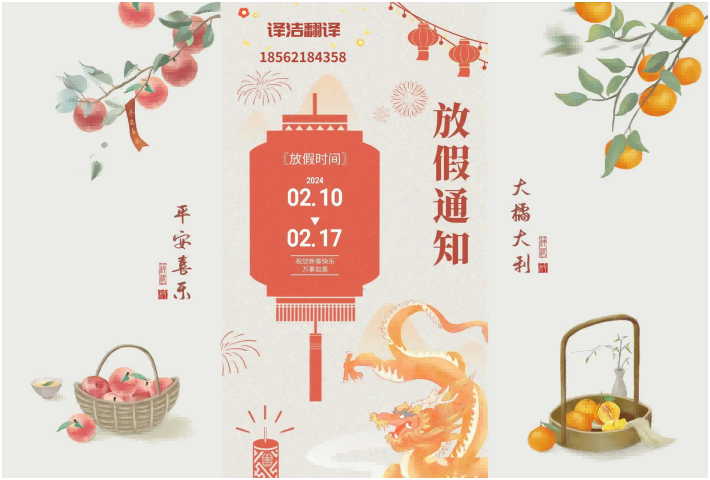翻译新闻 News
把原作艺术意境作为探求译文艺术内容和语言形式的出发点
来源:网络 作者:本站 发布时间:2024年01月15日 阅读次数: 次
在探求译文艺术内容和语言形式的时候,我们可以有两种不同的出发点,从而也就有两种不同的结果。
我们可以把原文的语言形式作为出发点,力求加以复制,更精确地说,就是力求“复制原文形式的特点(如果语言条件允许的话),或创造在作用上与原文特点相符合的东西”(费道罗夫语)。这种方法是从形式走向形式的方法,可以称做复制原作的翻译方法,又叫形式主义的方法。
我们也可以把原作艺术意境作为出发点,力求抓住这一艺术意境作为自己的文学译品的艺术内容,同时力求在译文语言中寻找可以表现这一意境的完美的语言形式,而不受原作语言形式的束缚。这种方法是从内容走向形式的方法,可以称做再现意境的翻译方法,又叫再创造的方法。
第一派由于没有抓住原作艺术意境,也不了解同一艺术意境在不同的语言中要求不同的语言形式,因而居于被动地位,处处捉襟见肘,穷于应付,往往不能真实地再现原作艺术意境。
第二派由于抓住了原作艺术意境,因而居于主动地位,处处得心应手,左右逢源,往往能真实地再现原作艺术意境。
现在举出一些例子,进行一番比较。
白居易《问刘十九》:“绿蚁新酪酒,红泥小火炉。晚来天欲雪,能饮一杯无?”
〔复制派译文〕
I have "green ant" newly fermented wine.
My little stove of red earth is ready
(for heating the wine);
Evening comes and the heaven threatens snow.
Can you not come and drink a cup or so with me?
(Jenyns)
〔再现派译文〕
There's a gleam of green in an old bottle,
There's a stir of red in the quiet stove,
There's a feeling of snow in the dusk outside -
What about a cup of wine inside?
(Bynner)
Bynner的译诗和原诗相比,在词语细节上有所不同。原诗中的“红泥”变成“火光熊熊”,但同样给人以温暖闲适的感觉。
李端《拜新月》:“开帘新见月,即便下阶拜。细语人不闻,北风吹裙带。”
〔复制派译文〕
Raising my curtain I see the new moon;
I go down the front steps to kneel in worship.
If I speak in a low voice no one will hear me.
Ah! The chilly north wind is blowing.
(Christy)
〔再现派译文〕
The blinds I raised; with joy the New Moon saw.
The steps descended eager to adore.
My whispered prayer might not be heard of men.
The North wind's fingers at my girdle tore.
(Fletcher)
原诗无fingers一词。译诗加上fingers后,似乎能更生动地描绘出深闺少女替未婚夫婿祈祷的羞涩心情。
《我叫阿拉木》中有这样一段文字:
Any time a circus used to come to town, that was all me and my old pal Joey Renna needed to make us hog-wild, as the saying is. All we needed was to see the signs on the fences and in the empty store windows to start going to the dogs and neglecting our educations. All we needed to know was that a circus was on its way town for me and Joey to start, wanting to know what good a little education ever did anybody anyway.
After the circus reached the town we were just no at all. we spent all our time down at the trains, watching them unload the animals, walking out Ventura Avenue with the wagons with lions and tigers in them and hanging around the grounds, trying to win the favour of the animalmen, the workers, the acrobats, and the clowns.
The circus was everything everything else we know wasn't. It was adventure, travel, danger, skill, grace, romance, comedy, peanuts, popcorn, chewing-gum and soda-water. We used to carry water to the elephants and stand around afterwards and try to seem associated with the whole magnificent affair, the putting up of the big tent, the getting everything in order, and the world-wise waiting for the people to come and spend their money.
(William Saroyan: My Name is Aram)
吕叔湘同志的译文是这样的:
“每回马戏班一到我们城里,我和我的老朋友约尔·雷纳就成了没笼头的马。只要一见围墙上跟商店玻璃窗上的招贴儿,我们就坏了事了,功课什么的全都不管了。只要一得风声,马戏班快到了,我跟约尔就开始追问,功课这样东西究竟于人有什么好处。
“马戏班到了以后,我们简直就糟了。我们整天的工夫就算是送给它了。到火车站看他们搬动物下车,眼着那装狮子的大车跟装老虎的大车一路走,走完芬吐拉路到了演戏场,这就钉住了不走了,跟那些管狮子老虎的,管杂事的,走索儿翻筋斗的,扮小丑的,搭油着话,套交情。
“马戏班代表着我们平常看见的一切东西所无的一切,它是冒险,旅行,危险,技巧,美丽,浪漫,喜剧,花生米,爆玉米花,橡皮糖,苏打水,兼而有之。我们提一桶水去送到大象旁边,在左右盘桓,看他们搭起大帐蓬,摆起各项用具,然后深通世故似的静侯大家来花钱。我们不但是看,还装作仿佛也是里头的人似的。”(注)
如果译者没有抓住原作艺术意境,没有清晰地想象出这一生活画面的话,译文决不会这样生动。这是再现派的译文,比复制派译文高明多了。我们不妨指出几个地方,把两种翻译方法加以对比。
1、[复制派] 动物管理员,工人,奇技演员,小丑(成人眼中的世界)
[再现派] 管狮子老虎的。管杂事的,走索翻筋头的,扮小丑的(孩子眼中的世界)
2、[复制派〕努力争取……的好感(成人眼中世界)
[再现派] 跟……搭讪着说话,套交情(孩子眼中的世界)
3、[复制派)装作和这整个了不起的事情有联系(成人眼中的世界)
[再现派] 我们不但是看,还装作仿佛也是里头的人似的(孩子眼中的世界)
总之,抓住原作艺术意境,并且真实地加以再现——这就是翻译艺术真谛之所在。
威海翻译公司



















